So why is your cycling heart rate higher than normal when you restart your training? This article discusses an interesting phenomenon that I have observed personally and in my research on HR data in the people that I coach.
One day, on my third ride back after an extended break from the bike I happened to glance down at my Heart Rate monitor while doing a particularly hard VO2 effort at the exact point that I was about to blow up. My heart rate monitor was displaying a heart rate of 103% of my max. Ok, so 103% means one thing. That the max heart rate programmed into my heart rate monitor is set a few beats slower than it should. But why, after a few months off the bike, should I now be able to get to a new max heart rate? Why is my cycling heart rate higher than normal?
Consequently, I rode for 22 mins in my VO2 heart rate zone for that ride. And at the end of the day, that’s actually a very good workout. I’ve seen this 103% before when I’ve had other periods off the bike. And… seen it also in other people’s heart rate data when they have had time off the bike too.
Before I go into this it’s important to discuss perceived effort
On my first ride back after this break, I did a few repeats on Two Bays Road down Mt Eliza way just out of Melbourne. I used to use this as my benchmark climb. I was holding a steady state at a perceived effort of around 88% of my max heart rate or in the E3 heart rate zone. Normally I would ride at around 20 k/h up this climb at this effort. When I looked at my computer, I was 97% of my max heart rate! Checked my speed at 15 km/h! Yes, my cycling heart rate is higher than normal!
Now perceived effort is a scale of effort based on how you feel. When you are breathing hard and seeing stars you are usually riding well up into your VO2MAX heart rate zone. Around 98% of your max heart rate. Back it off to around 88-93% of your max heart rate and (after some good training) you’ll be able to hold this for a 20 km time trial.
Riding slower at the same heart rate?
Ok, so I’m riding slower, at the same perceived effort. Understandable after a few months off the bike. But a heart rate at 97%! I wasn’t even breathing hard. Something that you would expect when riding at 97%. Remember, riding at 97% you are doing it hard. Not only are you breathing hard but you are also just about to blow up. Not the case for me. I could have climbed at 97% of my max for 20 mins that day. So again, seems to indicate that the calibration of my heart rate monitor max heart rate is off. This is not that surprising though. Read on…
This collates very closely to what we used to see when people rode our Bright Training Camps. Day one… Able to hold onto somewhere around 88-93% of their max heart rate on the climbs. No problems. Come day four. Same perceived effort but usually riding around 20 beats lower and, interesting enough, riding slower. Now three weeks after the camp most people end up riding faster at the same perceived effort. But that’s another article.
Reduced ability to move into the VO2MAX heart rate zone reduces
We see this phenomenon in athletes as they are working themselves through a large and heavy block of training. As they progress, their ability to move into and maintain their heart rate in the VO2MAX heart rate zone reduces and becomes harder. Interesting thing is that while they are riding at a lower heart rate than normal the quality of training is still very high. This is the reverse of their cycling heart rate being higher than normal.
Based on what happened at our Bright Training Camp this is all to do with rider fatigue. And this is what is happening here with my 103% max heart rate. By the way, rider fatigue also increases your resting heart rate.
Don’t readjust your benchmark if you see your cycling heart rate higher than normal after a break from cycling
When I see 103% on my heart rate monitor after an extended break off the bike I don’t re-calibrate it. I first want to see the effect over the next four weeks. Normally I would expect my max heart rate will drop to what it is usually when I’m in training. By calibrating my computer now I’ll lose my benchmarked setting. And… these benchmarked settings are very important in evaluating my progress. So if you do see your cycling heart rate higher than normal after having time off the bike don’t adjust it until you settle back down into your regular training load.
The conclusion is this though. Just because your max heart rate is higher doesn’t mean that you are riding faster! Also, rider fatigue plays a big part in your ability to ride against your max heart rate.
Related articles:
Difference Between Training with Heart Rate and Power
How To Work Out Your Cycling Heart Rate Zones
What Does Your Resting Heart Rate Mean?
Heart Rate and Performance Parameters in Elite Cyclists
Slow Down To Speed Up Your Hill Climbing – Cycle Up Hills Fast

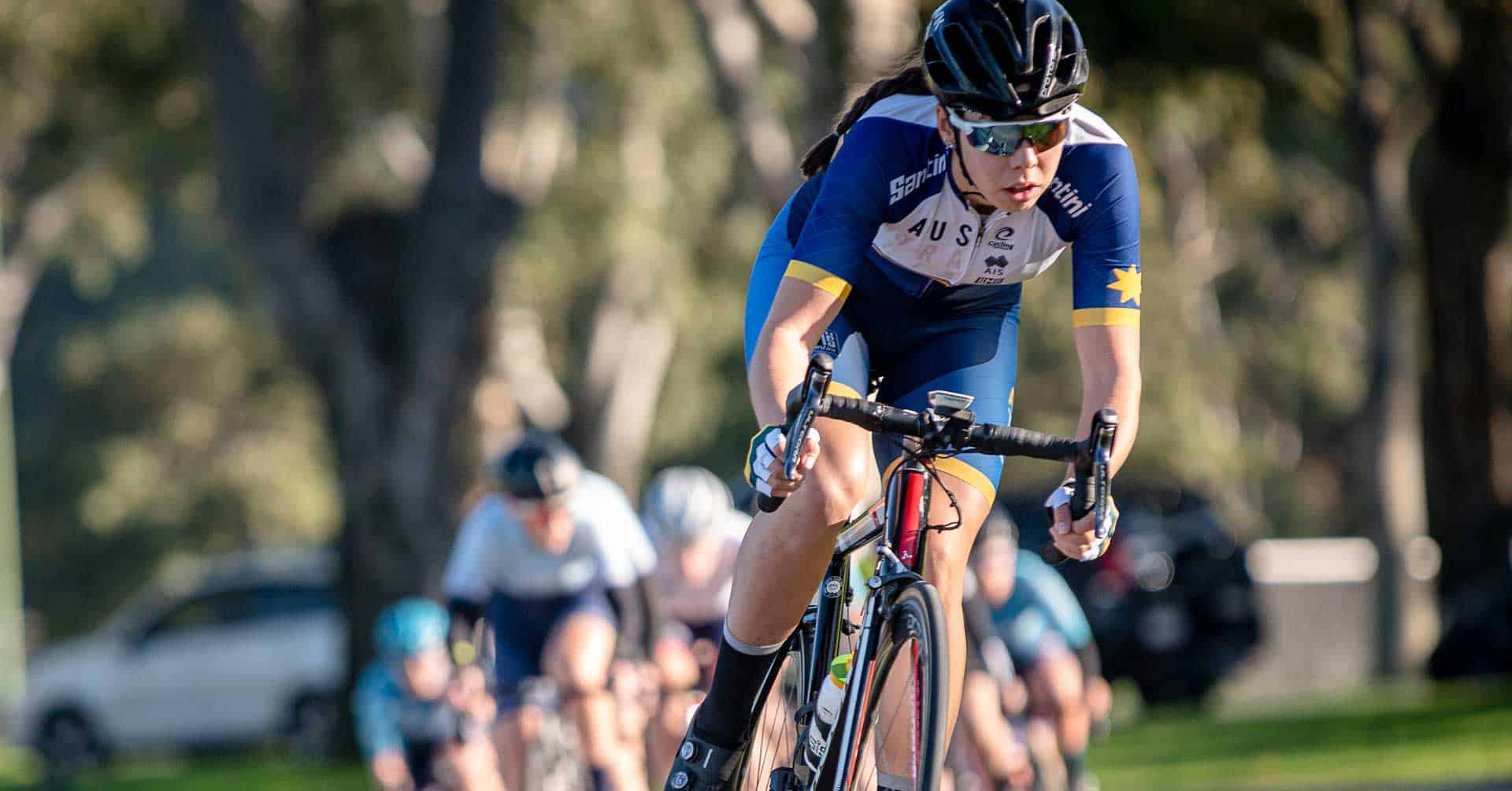
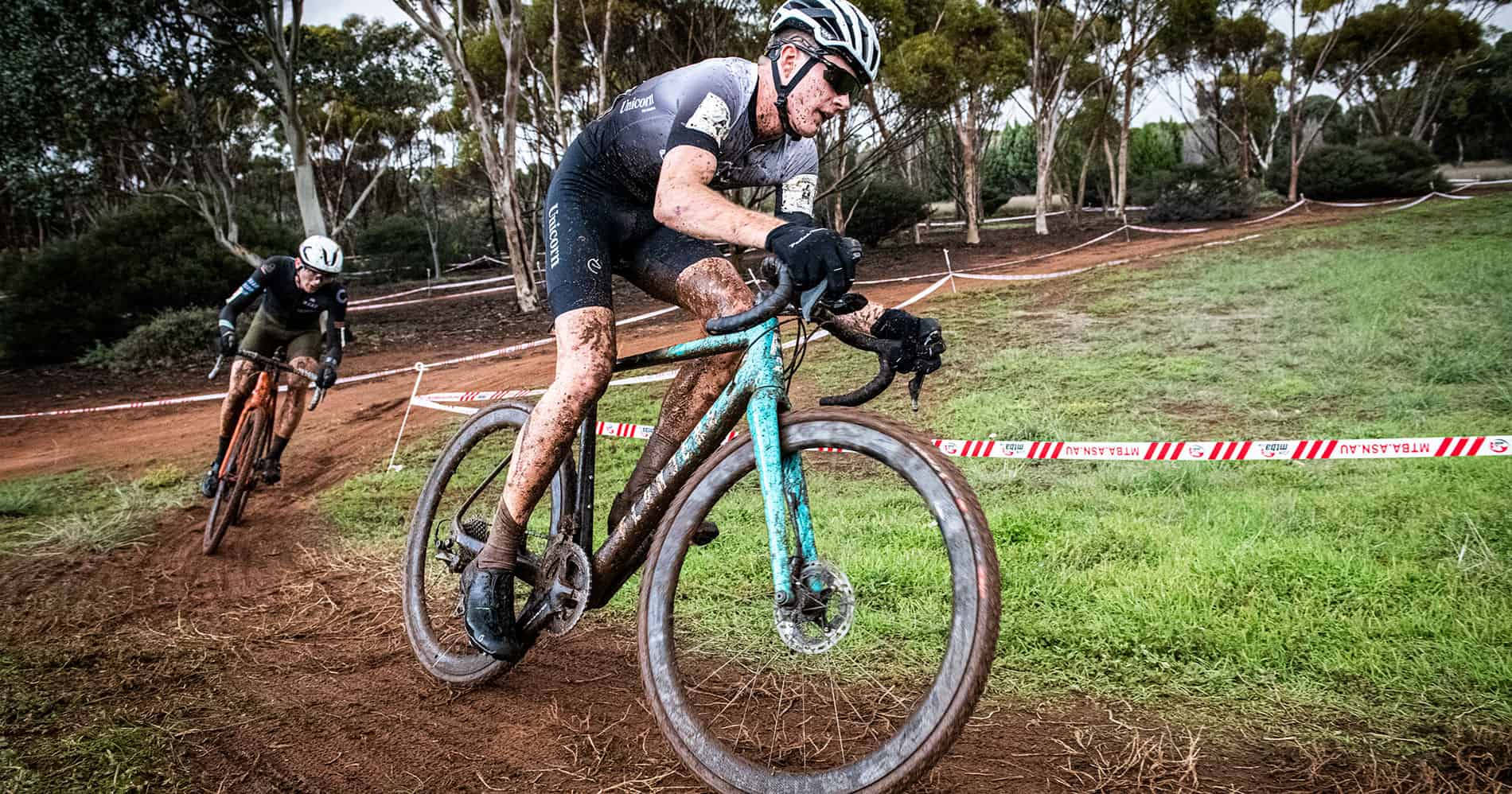
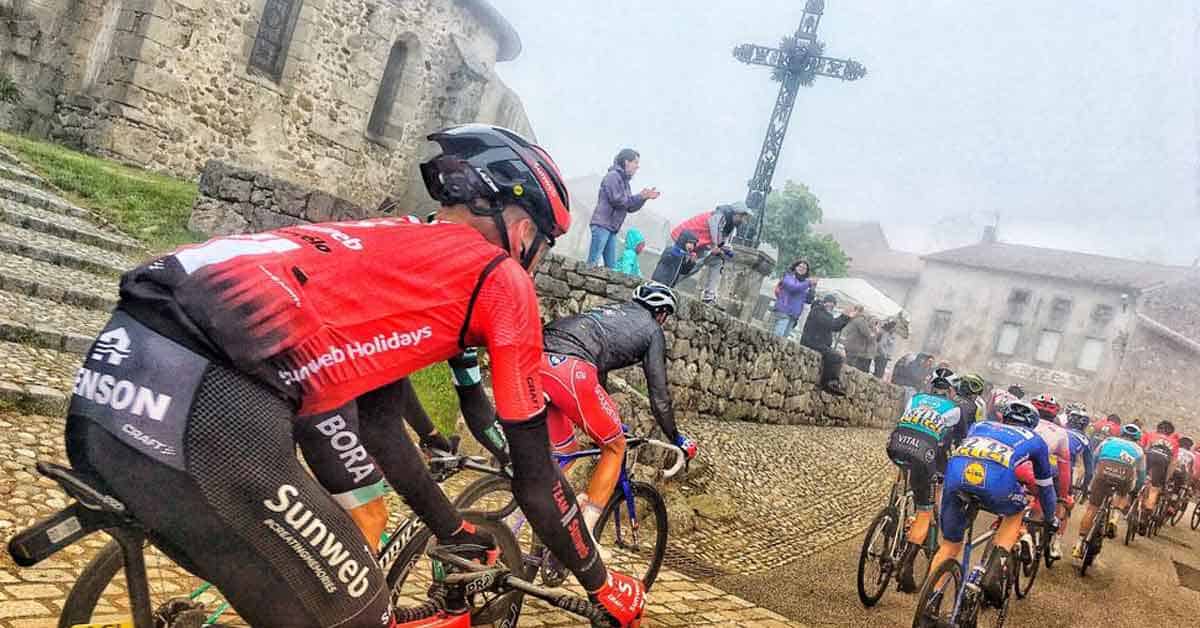
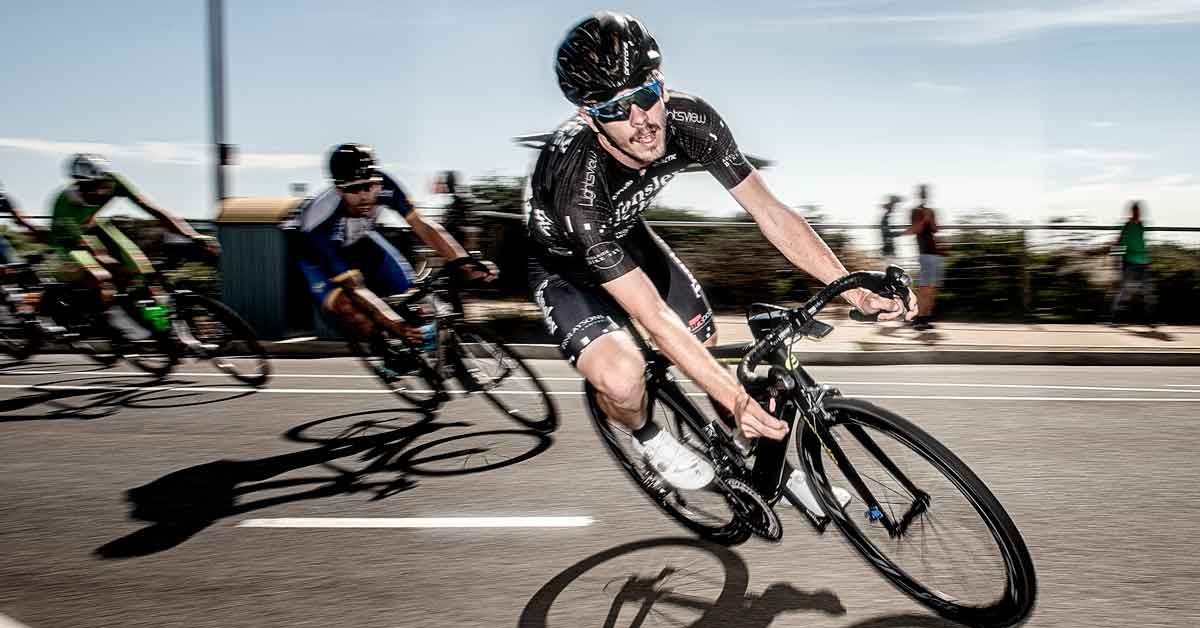
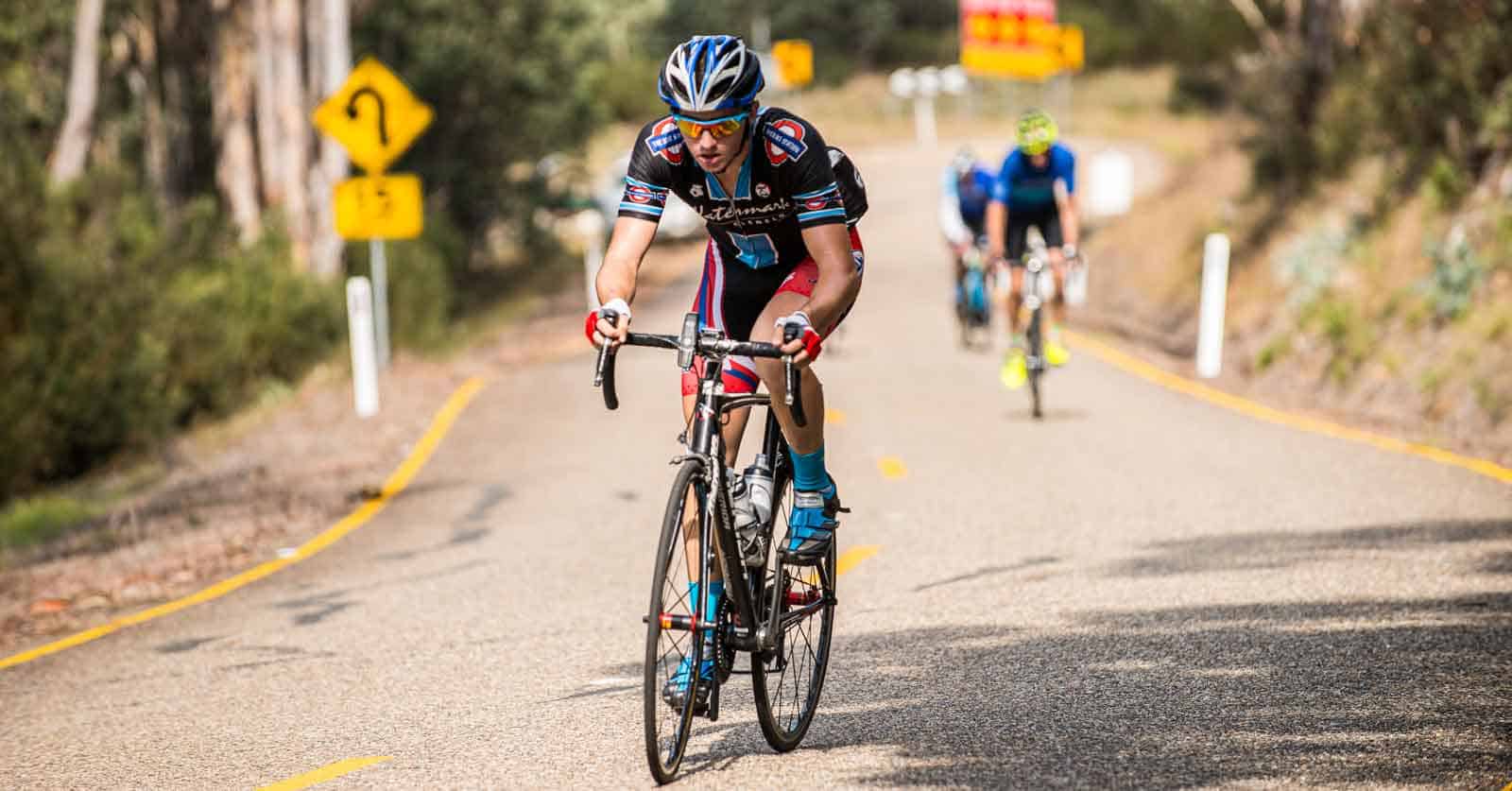
Leave A Comment